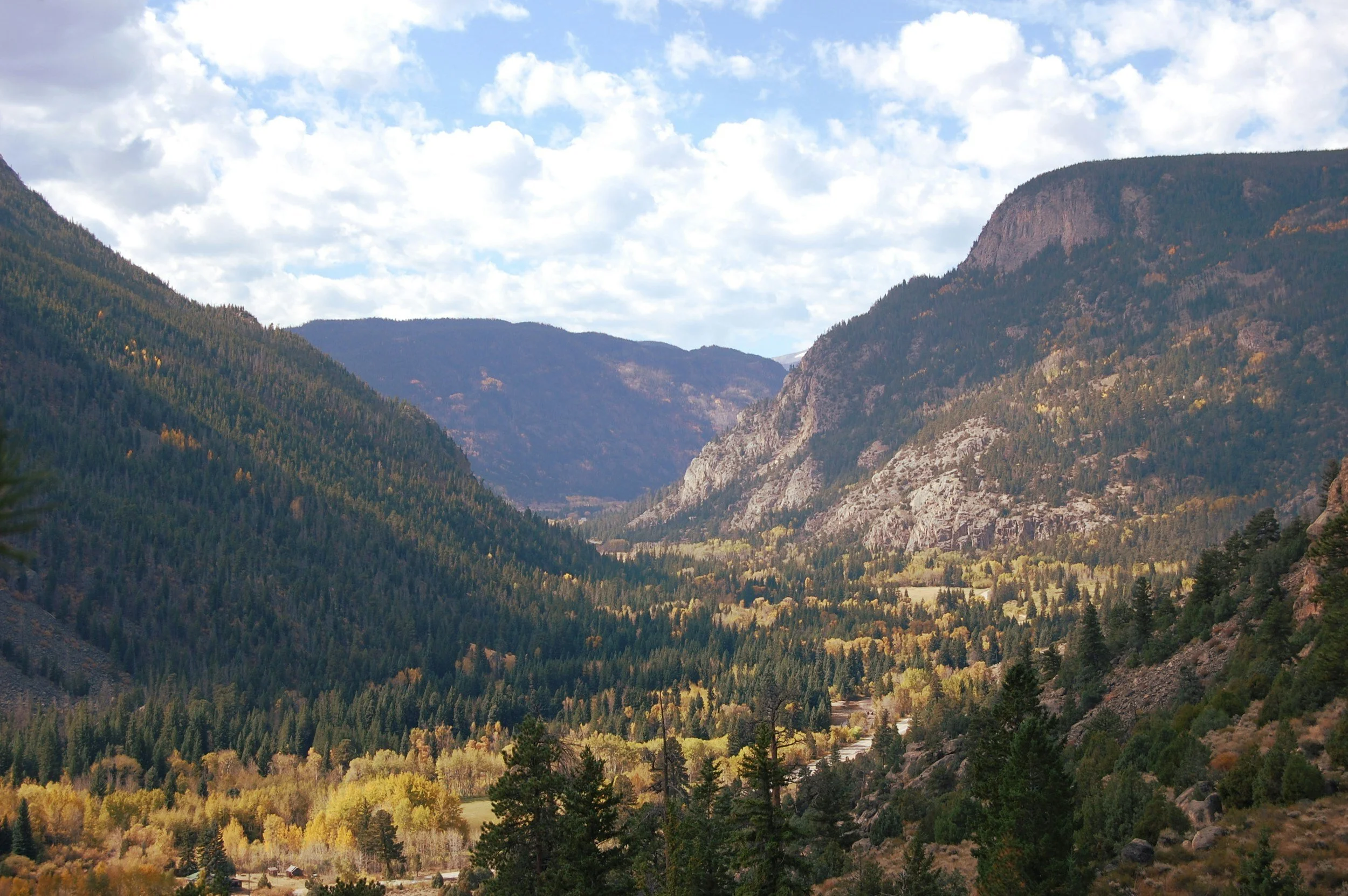Wolves are bringing Yellowstone’s aspen forests back to life
A new study shows the reintroduction of wolves is driving a long-awaited recovery of aspen trees, decades after the ecosystem fell out of balance.
Aspen trees are recovering in Yellowstone National Park for the first time in 80 years, thanks to the reintroduction of gray wolves, a new study suggests.
The paper, Changing aspen stand structure following large carnivore restoration in Yellowstone, published this week in Forest Ecology and Management, explores what happened to young aspen trees in Yellowstone’s northern range three decades after wolves were brought back to the U.S.'s oldest national park.
Gray wolves once thrived in Yellowstone, but persecution and extermination efforts led to their extinction in the park between 1926 and 1995. In the absence of this apex predator, apart from bears and cougars, the elk population surged to record levels, leading to widespread overgrazing of aspen. Many other species, from beavers to cavity-nesting birds, depend on these trees, and so, the entire ecosystem was disrupted. Beaver dams collapsed, water flowed too quickly, and once-thriving grasslands degraded into dry shrublands.
“[The aspens] would grow new sprouts, but then the sprouts couldn’t get any larger [because of the elk],” the study’s lead author, Luke Painter, who teaches ecology and conservation in the OSU College of Agricultural Sciences, said to Oregon on the Record. “The stands basically had older trees … and those were dying out, and then there wasn’t any new growth underneath, of young aspens, to replace those older trees.”
Now, thirty years after wolves were reintroduced to the park in the early 1990s, researchers say aspen stands are growing new trees again, some with trunks over five centimetres in diameter at breast height for the first time since the 1940s.
“The reintroduction of large carnivores has initiated a recovery process that had been shut down for decades,” said Painter.“About a third of the 87 aspen stands we examined had large numbers of tall saplings throughout, a remarkable change from the 1990s when surveys found none at all.”
Scientists say their findings are evidence of a “trophic cascade,” or a series of ripple effects caused by a change at the top of the food web.
“This is a remarkable case of ecological restoration,” said Painter. “Wolf reintroduction is yielding long-term ecological changes contributing to increased biodiversity and habitat diversity.”
Want to learn more about wolves and how they communicate?
Jeffrey Reed, is a computational linguist, naturalist, and technologist who’s doing just that—using artificial intelligence to decode the wild. Listen to the Species Unite podcast episode with Jeffrey here.
Help change the narrative for wolves in the US:
Species Unite’s wolf education in schools program is designed to teach children about the importance of protecting wolves to maintain a balanced ecosystem. If you know a teacher, please share with them our free Wolf Education Guide.
We Have A Favor To Ask…
Species Unite amplifies well-researched solutions to some of the most abusive animal industries operating today.
At this crucial moment, with worldwide momentum for change building, it’s vital we share these animal-free solutions with the world - and we need your help.
We’re a nonprofit, and so to keep sharing these solutions, we’re relying on you - with your support, we can continue our essential work in growing a powerful community of animal advocates this year.





Discover the best vegan Thanksgiving recipes and turkey alternatives for a plant-based holiday feast full of flavor and compassion.